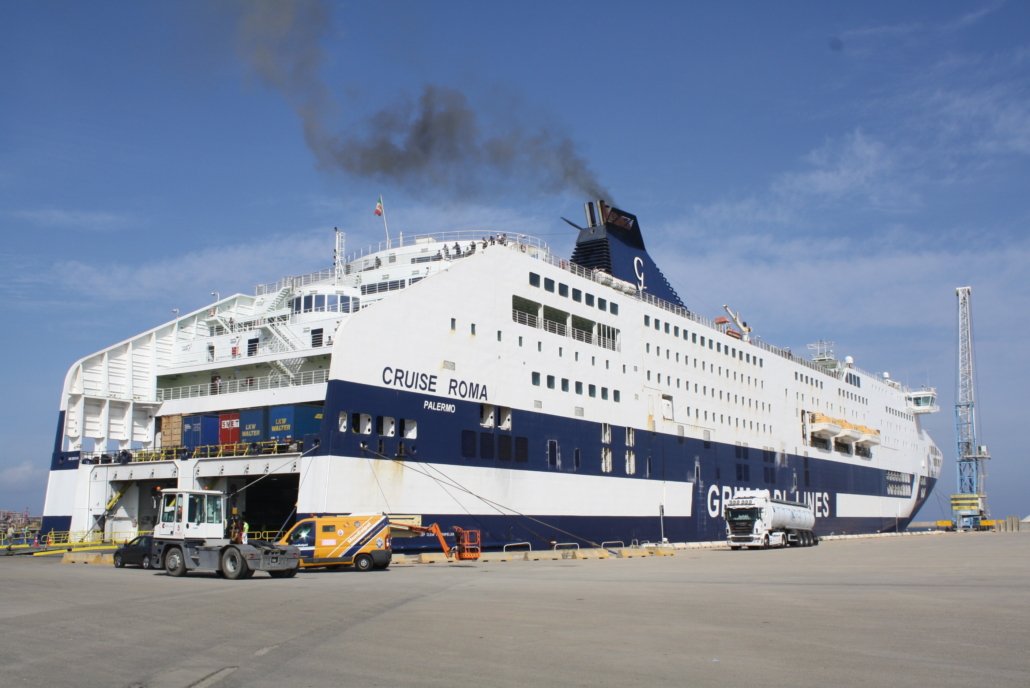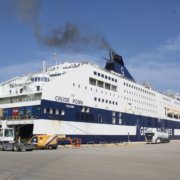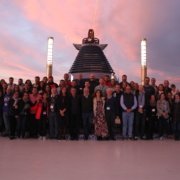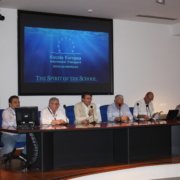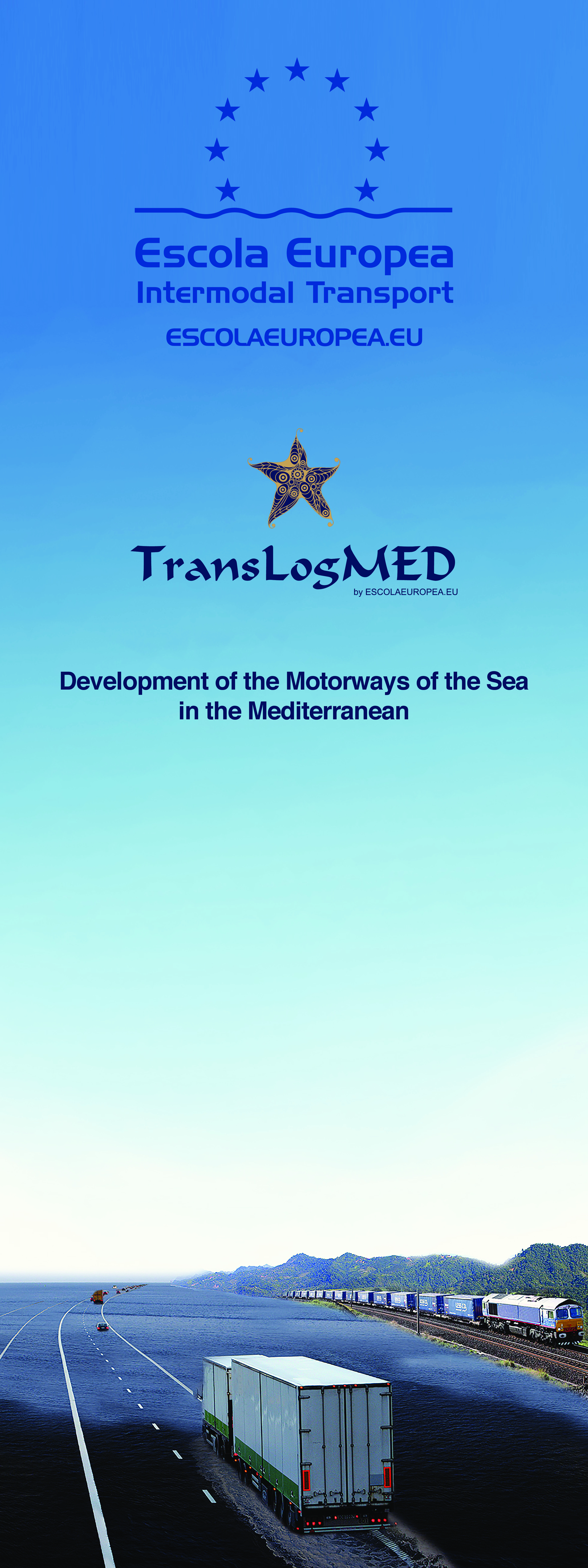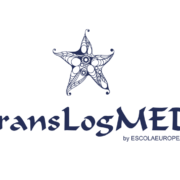Ahead of the Curve: Fostering Industry-Relevant Talent at TecnoCampus

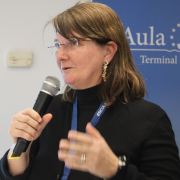
Elisa Sayrol, Academic Director – Tecnocampus
This month we are launching our “Journeys in Learning” series, during which we will be interviewing key members of our community on topics that are near and dear to us. For this first issue, we have interviewed Elisa Sayrol, the Academic Director at Tecnocampus.
Challenges in Talent Acquisition
Q: In the process of enhancing TecnoCampus’s structure by seeking new talent, what are the most significant challenges you’ve encountered? How do you navigate the balance between technical skills and soft skills in potential candidates?”
At TecnoCampus University Center, we actively seek talented professionals with diverse backgrounds. On the one hand, for academic roles, we are in search of both full-time professors and part-time lecturers. The former engage in teaching and research as their primary activity, while the latter, with industry or non-university commitments, contribute on a part-time basis. On the other hand, we also recruit non-academic personnel to provide essential administrative and managerial support across our various processes.
When focusing on academic talent, a notable challenge arises in securing full-time professors with doctoral degrees, especially in specialized fields like nursing. Hiring academics with doctoral degrees in these areas can be challenging due to the high level of professionalism. To make careers at TecnoCampus appealing, we offer growth opportunities within the institution, aligning with the standards set by the Agency of University Quality of Catalonia (AQU Catalunya). This ensures that career progression is associated with high standards in teaching, research, and technology transfer. TecnoCampus is also attractive given that our institution has also a business park and we work to have our academics and our students, in some fields, to interact with the companies in the park.
For part-time lecturers working in industry and other institutions, we highly value their practical experience and effective communication skills. Consequently, the balance between technical expertise and soft skills differs for permanent and part-time positions. Permanent roles prioritize technical skills and technology transfer abilities, while part-time lecturers are assessed more on their soft skills and experience.
Nonetheless, we also prioritize soft skills for our full-time professors. During the hiring process, communication skills are crucial for effective teaching and knowledge transfer to students. To continually enhance these skills, we regularly offer courses for both full-time and part-time lecturers.
Currently, our lecturer distribution comprises less than 50% full-time and more than 50% part-time positions, which contrasts with our goal. However, this distribution ensures the availability of highly qualified lecturers for permanent positions, guaranteeing the quality of education provided at TecnoCampus.
Adapting to Diverse Academic Disciplines
Q2: TecnoCampus spans a wide array of disciplines, from health sciences to maritime business. How do you ensure that the talent acquisition strategy is adaptable and inclusive across such varied fields?
In our various fields, we prioritize the recruitment of academics and professionals who meet high standards. This is why we begin by hiring exceptionally talented individuals who, in turn, attract others of similar competence. Our experience has shown that highly skilled individuals are not only proactive but also inspire younger talented lecturers to collaborate. Simultaneously, this virtual circle, often initiated through research activities, has a positive impact on teaching. Effective teaching draws in excellent students, and satisfied alumni become an asset that ultimately benefits the institution.
For instance, we initiated, some time ago, bachelor’s and master’s degrees in logistics and maritime business because of a talented professor in this area. This professor engaged in research, maintained connections with the industry, and attracted both full-time and part-time lecturers. This virtuous circle continues to draw numerous students each year, even in such a specialized field.
Incorporating Industry Trends into Talent Development
Q3: Given the rapid evolution of many sectors represented at TecnoCampus, how do you stay ahead in terms of developing talent that meets the current and future needs of these industries?
Being in touch with industry and field institutions on one side and being aware of advances in research on the other side, is crucial for educational institutions. Additionally, the balance between full-time and part-time lecturers is very important. It is crucial to promote activities that encourage collaboration between these two profiles, from organizing open seminars to working on joint project proposals or even engaging in joint ventures.
Vision for Future Educational Models
Q4: How do you envision the evolution of educational models in response to the changing landscape of the job market and the increasing importance of interdisciplinary skills?
TecnoCampus has recently defined a new educational model for the coming years, based on three primary goals:
- Excellence in the teaching-learning process
- Transmitting values to our students to cultivate socially responsible individuals, committed to their environment, and prepared for their professional future
- Working towards a robust institution with common goals and seeking synergies among our fields.
The educational plan also incorporates seven soft skills that all our students across different degrees must develop from their first year to the last. To achieve these goals and the acquisition of skills, we have outlined seven specific objectives. Some of these objectives focus on the methodology and providing support to engage students in the learning process. Others aim to promote entrepreneurship, define initiatives across various fields, enhance interdisciplinary skills, encourage internationalization, foster connections with companies and institutions, and expose students to the research conducted by our professors.
In summary, this educational framework is designed to thoroughly prepare our graduates with profound knowledge, instilled values, and the ability to learn how to learn in an uncertain future.
Personal Takeaways from the MOST Course
Q5: Based on your experience with the MOST course by Escola Europea, could you share any key insights or lessons you’ve acquired and how these might be applied to enhance talent management and educational leadership strategies at TecnoCampus?
The MOST course is an incredible experience for our students. It develops certain skills in four days, which usually take more time to accomplish within a classroom. It enhances entrepreneurial, communication, and collaborative skills, immersing students in the challenges that the sector faces by solving a realistic case. Furthermore, it provides an international perspective that students often perceive as distant.
I would like many of our teachers who are in the logistics bachelor’s and master’s degrees, and certainly in other fields as well, to experience the MOST course. Some of the reasons would be to undergo realistic, collaborative, and challenge-based learning, and to get to know their students better to subsequently enhance their motivation throughout their studies. I also believe that professors in other fields would find ideas for interdisciplinary activities.
Another lesson learned is that this experience could be expanded to other fields at TecnoCampus. Find an activity that brings students and professors together for a short period, without internet connection, to truly interact and encourage them to apply their knowledge and abilities.
I strongly believe that the methodology of the MOST course, provided by Escola Europea, is a valuable educational practice.


